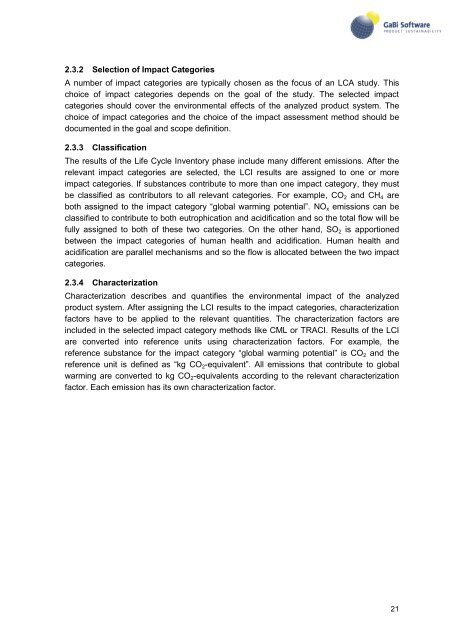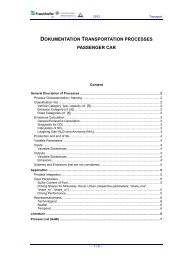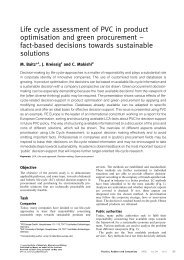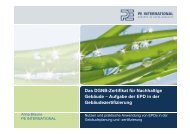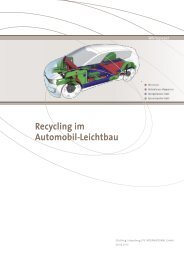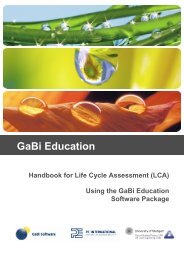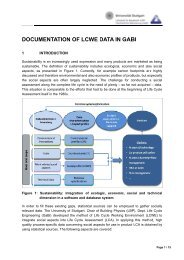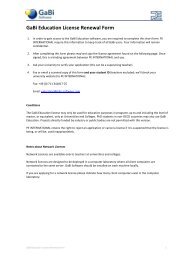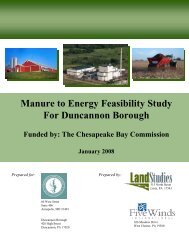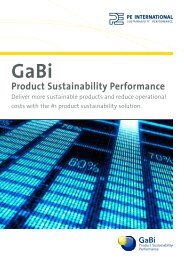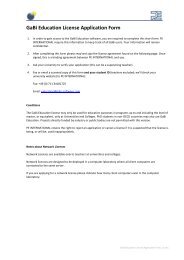GaBi Paper Clip Tutorial - GaBi Software
GaBi Paper Clip Tutorial - GaBi Software
GaBi Paper Clip Tutorial - GaBi Software
You also want an ePaper? Increase the reach of your titles
YUMPU automatically turns print PDFs into web optimized ePapers that Google loves.
2.3.2 Selection of Impact Categories<br />
A number of impact categories are typically chosen as the focus of an LCA study. This<br />
choice of impact categories depends on the goal of the study. The selected impact<br />
categories should cover the environmental effects of the analyzed product system. The<br />
choice of impact categories and the choice of the impact assessment method should be<br />
documented in the goal and scope definition.<br />
2.3.3 Classification<br />
The results of the Life Cycle Inventory phase include many different emissions. After the<br />
relevant impact categories are selected, the LCI results are assigned to one or more<br />
impact categories. If substances contribute to more than one impact category, they must<br />
be classified as contributors to all relevant categories. For example, CO2 and CH4 are<br />
both assigned to the impact category “global warming potential”. NOx emissions can be<br />
classified to contribute to both eutrophication and acidification and so the total flow will be<br />
fully assigned to both of these two categories. On the other hand, SO2 is apportioned<br />
between the impact categories of human health and acidification. Human health and<br />
acidification are parallel mechanisms and so the flow is allocated between the two impact<br />
categories.<br />
2.3.4 Characterization<br />
Characterization describes and quantifies the environmental impact of the analyzed<br />
product system. After assigning the LCI results to the impact categories, characterization<br />
factors have to be applied to the relevant quantities. The characterization factors are<br />
included in the selected impact category methods like CML or TRACI. Results of the LCI<br />
are converted into reference units using characterization factors. For example, the<br />
reference substance for the impact category “global warming potential” is CO2 and the<br />
reference unit is defined as “kg CO2-equivalent”. All emissions that contribute to global<br />
warming are converted to kg CO2-equivalents according to the relevant characterization<br />
factor. Each emission has its own characterization factor.<br />
21


